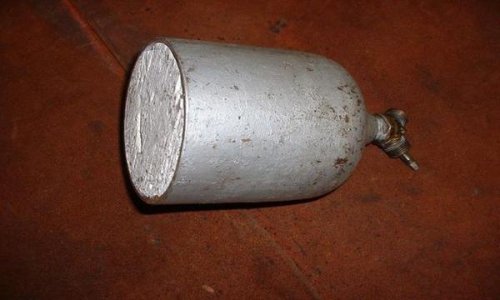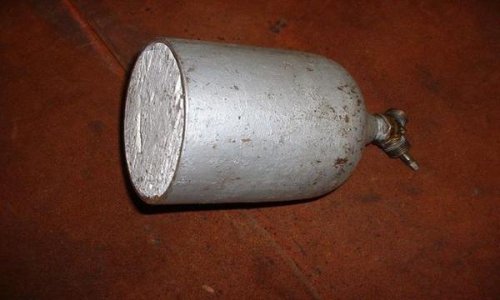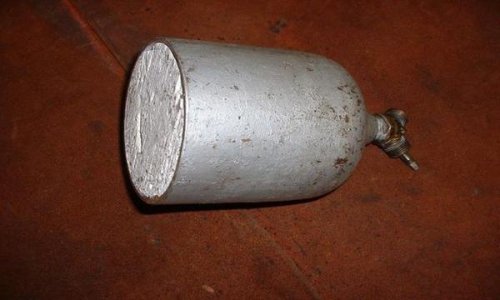- Joined
- Oct 8, 2015
- Messages
- 71
C2H2 is considered unstable in its pure form, therefore is it dissolved in acetone within the cylinders used in this application. Once is is liberated from solution and mixed with oxygen, it is that instability which allows it to be used as intended - readily being oxidized in the flame. In solution, it is stable enough to be handled.
Interesting reading here, regarding the specifics of some of the safety hazards of Acetylene: http://www.msha.gov/alerts/hazardsofacetylene.htm
What happens to the acetone? Does it remain behind to shlosh around in the tank?




